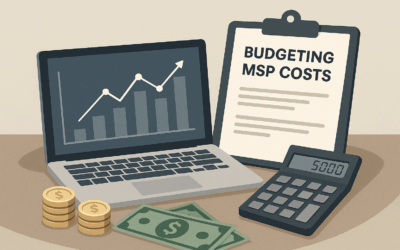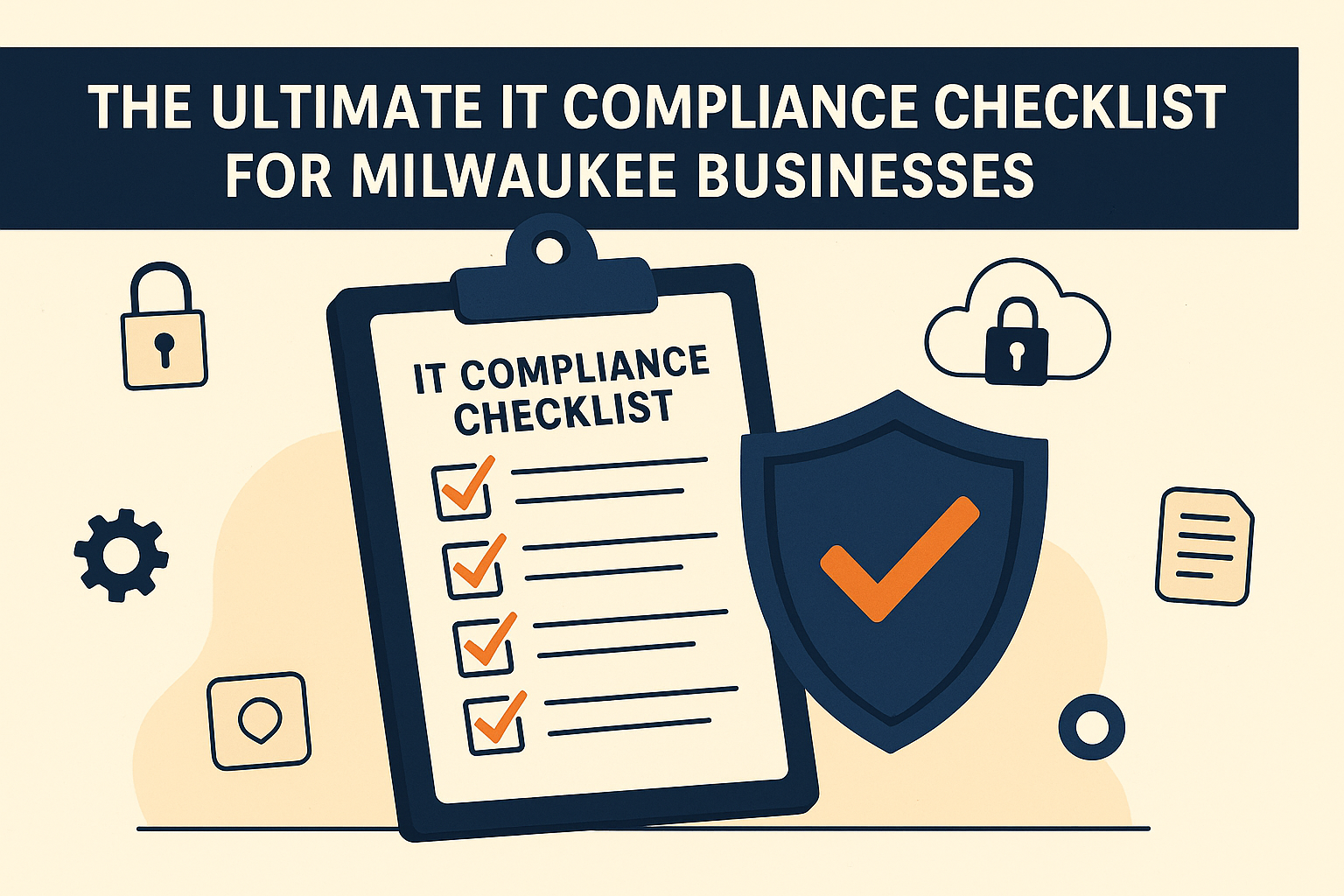According to Forbes, a mind-boggling 98.5% of passwords tested against modern hacking techniques couldn’t withstand even basic attacks. This isn’t a hypothetical problem. Billions of usernames and passwords have been leaked across multiple data breaches and are now available on the dark web. These databases are frequently used by hackers to automate credential stuffing and brute-force attacks across thousands of services.
If you’re still using passwords like Summer2024!, your pet’s name, or even slightly modified versions of old ones, you’re almost certainly on borrowed time. A password that’s “good enough” a few years ago can now be cracked in seconds. The bar has been raised, and attackers are using sophisticated tools that mimic human password habits to get in faster than ever.
Why Most Passwords Fail
Hackers no longer rely on random guessing. They use massive lists of exposed passwords, some from leaked datasets totaling more than 16 billion credentials , which they blend with behavioral rules to guess what you’re likely to use. They understand that users often pick predictable patterns, like appending numbers or symbols to simple words (Password123! or Welcome2023!). Known as rule-based cracking techniques, they simulate human logic and are extremely effective. A recent arXiv study found that many human-generated passwords fall within the first few thousand guesses made by modern cracking software.
Short passwords, reused ones, or even long but predictable strings (like a quote or movie title) can often be cracked in minutes. Even when users try to get creative by substituting letters with numbers or special characters (P@ssw0rd!), those modifications are built into hacking tools’ guesswork logic.
Real-World Consequences of Password Failure
It’s not just consumers or small businesses who are vulnerable. Credential-based attacks remain one of the top vectors for enterprise breaches, often leading to ransomware infections, data exfiltration, or complete system compromise. Attackers don’t discriminate—they go for low-hanging fruit, and that often means weak or reused passwords.
Whether it’s Apple IDs, Google accounts, or Linux servers, the story is the same: if the password is weak, the account is vulnerable. Hackers use automated tools that scan thousands of login pages simultaneously, injecting lists of stolen or guessed passwords. The attack surface is massive, and weak credentials are the easiest way in.
What You Can Do Right Now
1. Use Passkeys Instead of Passwords
Passkeys are gaining momentum because they completely remove the guessable password from the equation. They use a cryptographic key pair—one stored securely on your device, and the other verified by the service you’re logging into. Since there’s no password to intercept, guess, or reuse, they neutralize phishing and brute-force attacks entirely.
Companies like Google, Apple, and Microsoft have already implemented passkeys in their platforms, and users report a dramatically smoother login experience. As noted in a LinkedIn post by Nok Nok Labs, passkey registration has a 99% completion rate, and users log in three times faster on average.
2. Adopt a Reputable Password Manager
While you’re transitioning to passkeys, a password manager is your best friend. Tools like 1Password, Bitwarden, and Dashlane can generate and store long, complex passwords that you’d never remember on your own—and that’s the point. The passwords they create aren’t connected to your personal life, making them much harder to crack.
Avoid relying solely on browser-based password vaults. These are better than nothing, but dedicated tools provide enhanced security features, like monitoring for breached credentials and alerting you when passwords need to be updated.
3. Always Enable Multi-Factor Authentication (MFA)
Even if your password is strong, it could still be exposed in a breach. That’s where multi-factor authentication comes in. MFA requires a second layer of verification—often a code sent to your phone or a biometric scan—before granting access. This means that even if someone has your password, they still can’t get in.
Security experts across the board, including those quoted in the Forbes piece, emphasize MFA as a minimum requirement for any sensitive system. It’s not just good practice; it’s essential.
4. Regularly Audit Your Credentials
Many people don’t realize their password has been compromised until it’s too late. Tools like Have I Been Pwned allow you to check whether your email or password has appeared in any known data breaches. Use this as a routine check-up. If your credentials show up on one of these lists, change them immediately across all services where they’re used.
Businesses should also conduct organization-wide credential audits. Weak or reused passwords by just one employee can be the entry point for a larger breach.
5. Choose Passphrases, Not Words
If you’re stuck with passwords, the best bet is to switch from single words to full passphrases. Think combinations like “purple-squirrel-bikeshed-elephant”—strings of random, unrelated words that are easier to remember but exponentially harder to crack. Avoid anything predictable, like movie quotes or lyrics. If a phrase is famous or shows up in a common source, it can likely be guessed.
Still, even passphrases don’t offer the protection that passkeys or MFA do. They’re a temporary fix to an outdated system that’s slowly being phased out by major tech companies.
Bottom Line
Your password is probably among the 98.5% that fail a modern hacking test. That’s not meant to scare—it’s meant to inform and empower. The best step forward is to reduce reliance on passwords altogether. Start transitioning to passkeys. In the meantime, use a trusted password manager, enable multi-factor authentication, and audit your credentials regularly.
If you’re interested, we can walk you through setting up passkeys, choosing a top-tier password manager, or building a password audit workflow. Just let us know!



